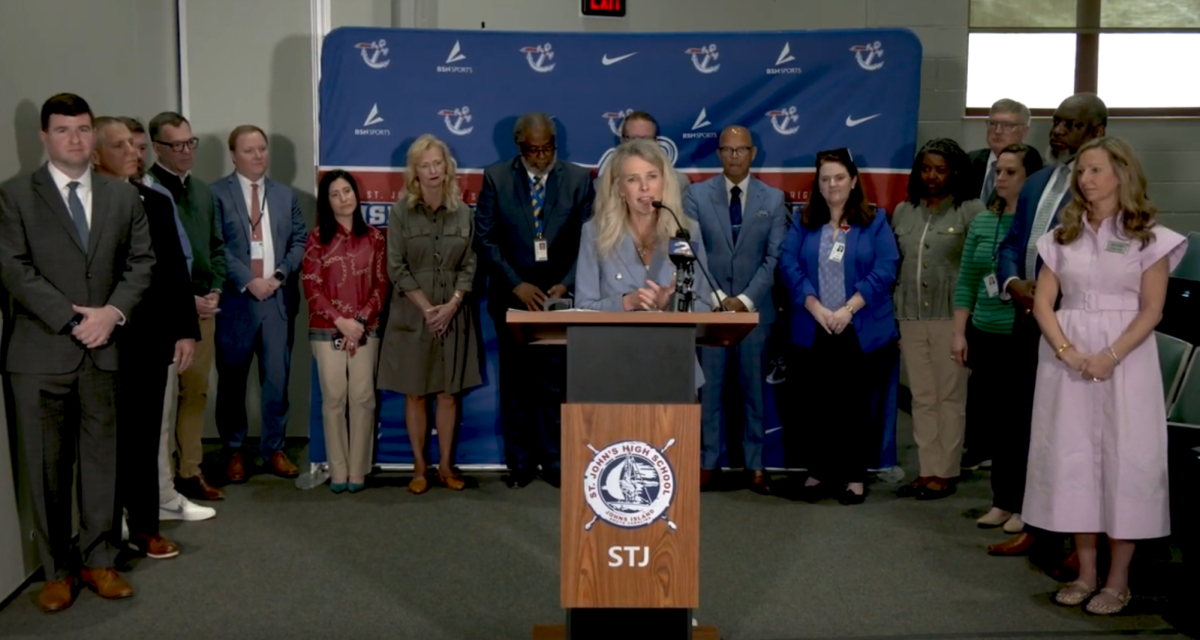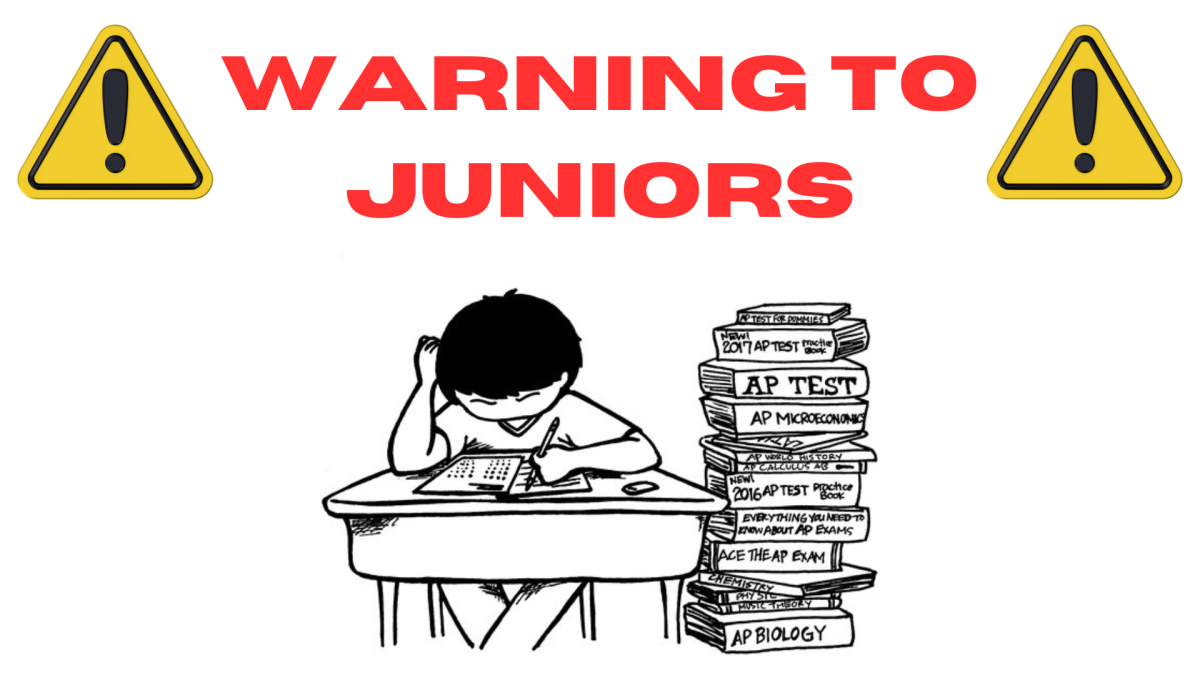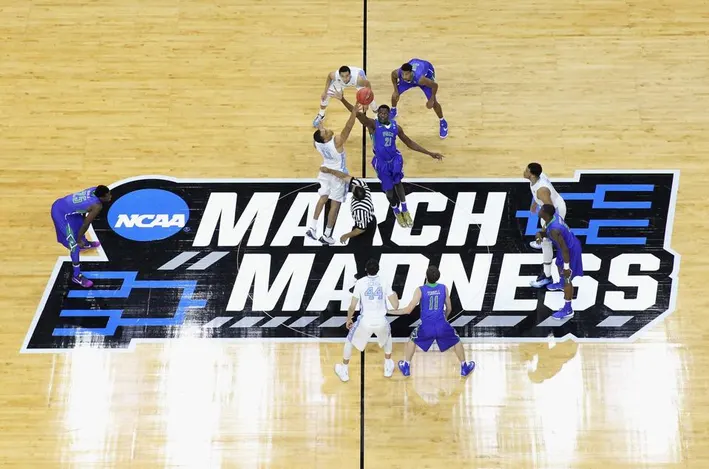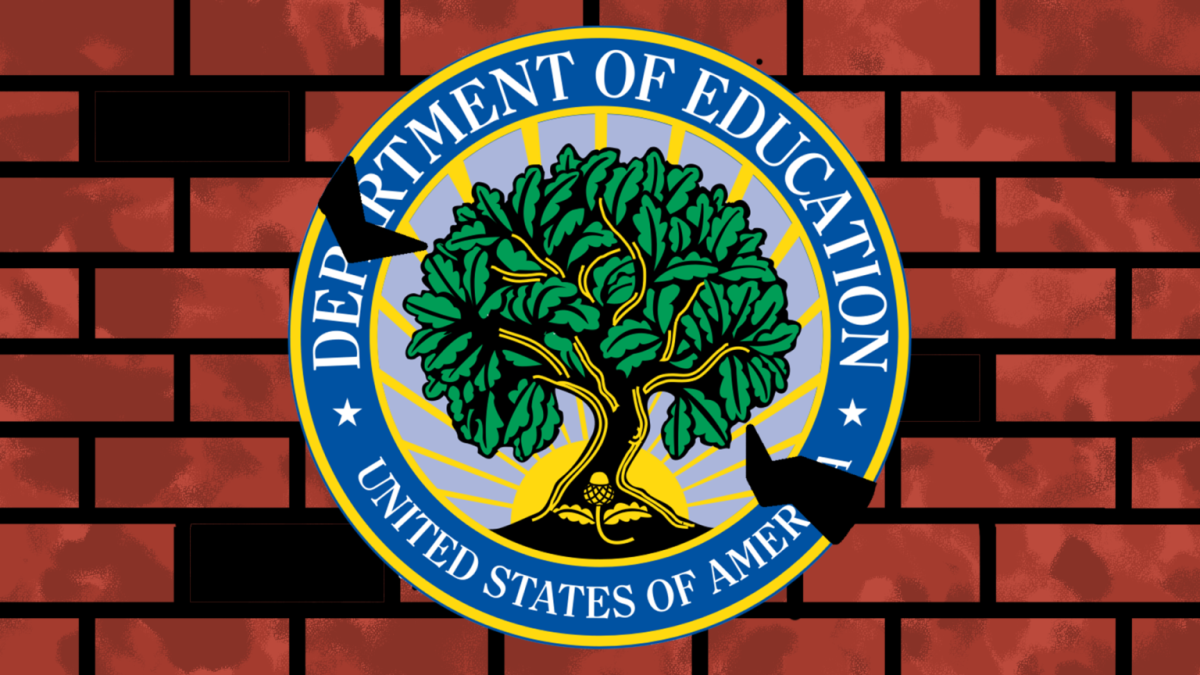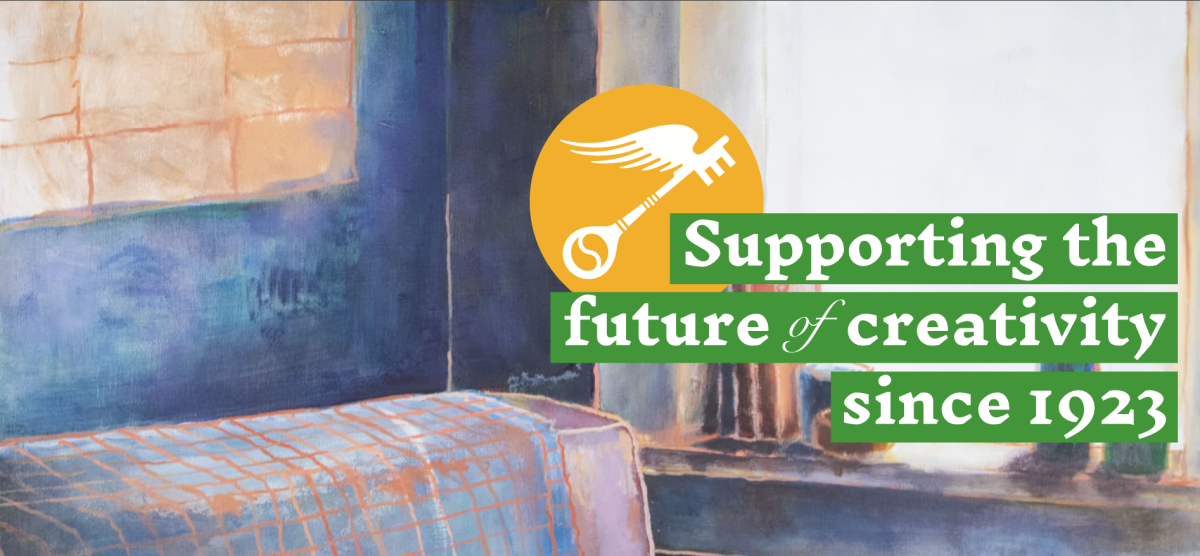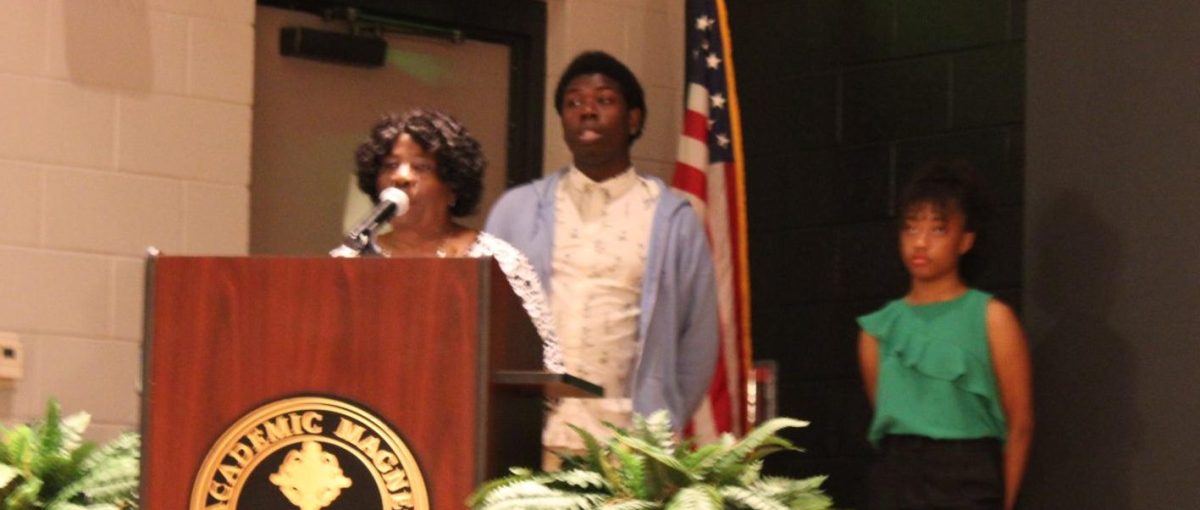To answer your first and probably only question: No, YOU will not be paid for your perfect attendance. This program is currently in the early stages of testing, and is not available at AMHS. But the program, which could eventually spread to other CCSD Schools, is worth looking at. In the 2022-23 school year, 22.5% of South Carolina students were ‘chronically absent,’ meaning they missed 10% (18 days) or more of the school year. This is significantly higher than pre-pandemic levels; the rate was 13.8% in the 2018-19 school year. According to data compiled by AP, chronic absenteeism has risen above pre-pandemic levels in all 40 states they analyzed. Rates of absenteeism differ significantly based on certain factors, for example, nearly half of homeless students in South Carolina are chronically absent, and students with disabilities are also absent at a higher rate. The SC Department of Education does not break down the data by income, but still suggests that higher rates of absenteeism could be due to economic challenges.
This CCSD program, based on the claims that “chronic absenteeism is often linked to economic barriers—transportation, family responsibilities, and financial hardship” and “Traditional interventions—truancy fines, punitive measures, and awareness campaigns—have not significantly moved the needle,” offers $25, per week, to every student who has perfect attendance. That money is paid to a card held by the student’s family, (unless they are 18) and can only be spent on necessities, such as utilities, food, fuel, and public transportation. The program is currently being tested in certain grade levels at 10 elementary, middle, and high schools, and applies to around 1,900 students. It runs for 9 weeks, from March to May, meaning the cost per student, assuming they get perfect attendance, is $225. If every student got perfect attendance, the total cost would be $427,500, which is more than the $400,000 allocated for the program. While the program has been criticized as being unnecessary and expensive, according to the district, it’s cheaper than their estimated $600 cost per student per quarter on trying to combat absenteeism through methods like employee intervention and parent contact.

CCSD has released some data on the results for the first few weeks, but not for all schools, and only for weeks 2-4. The two high schools, North Charleston and West Ashley, are not shown. According to their description alongside this chart, there were increases in all grade levels for week 1 (not shown). But their description for the results of week 3 seems to be inaccurate. “Increases in all grade levels except for First Grade, but there were increases in every school in at least one grade level with 6 of 8 schools with double digit gains.” First Grade does have a decrease at all schools (one), but so does second grade. And Sixth Grade also did not have any increases, as there was no change in the one school that has it. And perfect attendance decreased for Fifth Grade at 2 of 3 schools that have it. While these results are interesting, and mostly positive, are they as positive as CCSD makes them seem? The negative numbers here are not showing the growth of the number of students with perfect attendance slowing down, they show that multiple grade levels at multiple schools had even less perfect attendance just 3 weeks after they started paying students than before. The fact that the program does not maintain the gains in perfect attendance for more than a few weeks could be seen as meaning it does not permanently change student behavior, and could even be a net hurt for perfect attendance levels, as studies show there is usually a drop in attendance after programs like this end.
The district also is able to track how the money is being spent, through a partnership with Bill.com. There is no concrete data on how exactly the money is being spent, but the top recipients so far (presented in a list on CCSD’s website) have been “Dominion Energy (a major electric company in SC), grocery stores, Uber, Lyft, and CARTA bus services.” This is still only a small test to see if payments can help students be less absent, but district leadership seems confident that if successful, it could be expanded to other schools in Charleston County.



